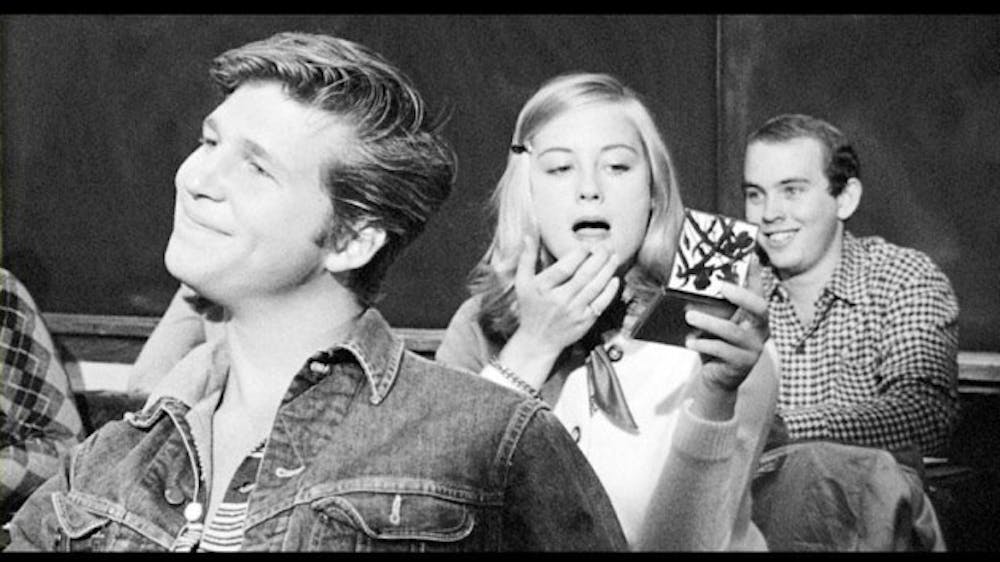On Tuesday night, professors Bruce Jackson and Diane Christian will be showing The Last Picture Show (1971) through the Buffalo Film Seminars at Market Arcade Film & Arts Centre.
This plain, truthful, absorbing film about growing up in a small Texas town in the 1950s is an incisive look at youthful despondency and economic decline. As the first major success of Peter Bogdanovich, the film centers on a group of high school athletes coming to terms with the conditions of their lives as they near graduation.
Without any condescension or urban superiority, Bogdanovich shows the despair of living in dreary, isolated rural places where cultural outlets are limited and dreams of escape are elusive. Interested in the experience of adolescence amidst the moral collapse of a cloistered communal setting, this movie unravels how symptoms of the teenage plight - ignorance of social structures, confusion about sex, emotional instability and anxiety about one's direction in life - are intensified under the circumstances of alienation.
Shot in black and white, the film was aesthetically unique for its time. In an interview with the American Film Institute, Bogdanovich shared a conversation he had with Orson Welles and how it influenced his decision.
During pre-production, Bogdanovich sought Welles for advice on how to achieve the depth of field he was able to get in films like Citizen Kane - though he wanted to know how to get it in color.
"You'll never get it in color," Welles said. "Why don't you just shoot the picture in black and white?"
"Well, I don't know if they'll let me," Bogdanovich said, to which Welles excitedly responded, "Have you asked?"
So, Bogdanovich asked. He told the producers, however, that to shoot the film in color would make the town appear luminous and wouldn't capture the bleak look he aspired for.
There was another facet of black and white Welles conveyed to the young director: it improves acting performances.
Welles believed that when films are shot in color, audiences are prone to pay attention to physical characteristics of actors - Paul Newman's eyes, Ava Gardner's hair - to an extent in which they can become removed from certain emotional cues. And Bogdanovich has noted that Welles had a point - that black and white has the ability to shift an increased focus toward a more acute emotional attention on the characters.
And given the subject matter of The Last Picture Show, it benefits from this method of stylization. Cinematographer Robert Surtees often silhouettes the characters against backdrops of rural decay and scenic landscapes - and it makes you really feel the desolation of living in an atrophying West Texas town.
The film brings to fruition the themes many American directors were interested in at the time, and it evokes an emotional response through its stylized expression of disintegrating community. It's as much about the desire to communicate as it is about what happens when people fail to do so - how the characters attempt to relate to each other on the simplest of levels and the suffering they experience when they can't.
The film is based on a novel by Larry McMurtry and adapted for the screen by him and Bogdanovich. It stars Timothy Bottoms, Jeff Bridges, Ellen Burstyn, Cybill Shepherd, Ben Johnson, Cloris Leachman and Eileen Brennan.
The Last Picture Showwill be playing Tuesday at 7 p.m.
email: arts@ubspectrum.com





